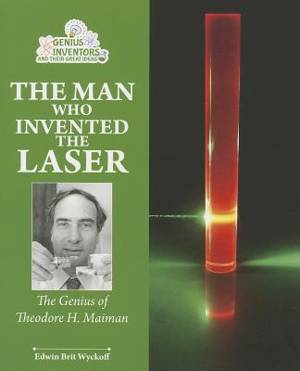
- Afhalen na 1 uur in een winkel met voorraad
- Gratis thuislevering in België vanaf € 30
- Ruim aanbod met 7 miljoen producten
- Afhalen na 1 uur in een winkel met voorraad
- Gratis thuislevering in België vanaf € 30
- Ruim aanbod met 7 miljoen producten
Zoeken
€ 19,95
+ 39 punten
Uitvoering
Omschrijving
Maiman was a graduate of the University of Colorado, which awarded him a B.S. in engineering physics in 1949. Later, he received his Ph.D. in physics in 1955 from Stanford University and began work at the Hughes Research Laboratory (HRL). There he concentrated on creating a device capable of converting mixed frequency electromagnetic radiation into highly amplified and coherent light of discrete frequency. Maiman later found that the accepted calculations of the fluorescence quantum efficiency of ruby were wrong and that the material could be used for his research. His persistence with ruby eventually paid off, for on May 16, 1960, the device he built using it became the world's first operable laser.
Specificaties
Betrokkenen
- Auteur(s):
- Uitgeverij:
Inhoud
- Aantal bladzijden:
- 48
- Taal:
- Engels
- Reeks:
Eigenschappen
- Productcode (EAN):
- 9781464402081
- Verschijningsdatum:
- 16/07/2013
- Uitvoering:
- Paperback
- Formaat:
- Trade paperback (VS)
- Afmetingen:
- 183 mm x 221 mm
- Gewicht:
- 117 g

Alleen bij Standaard Boekhandel
+ 39 punten op je klantenkaart van Standaard Boekhandel
Beoordelingen
We publiceren alleen reviews die voldoen aan de voorwaarden voor reviews. Bekijk onze voorwaarden voor reviews.








